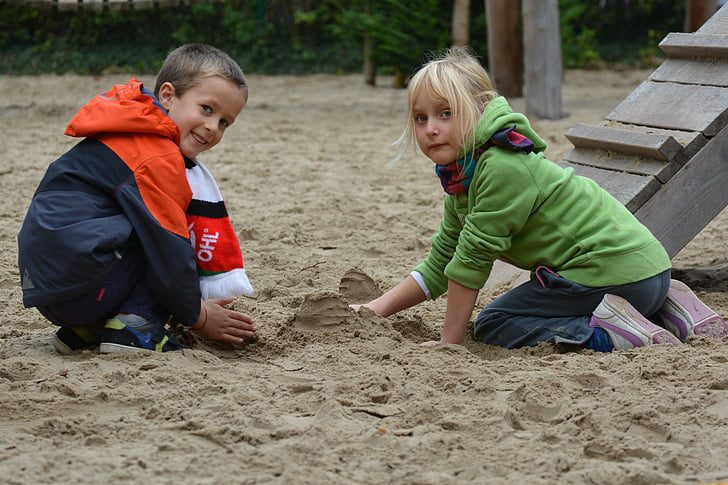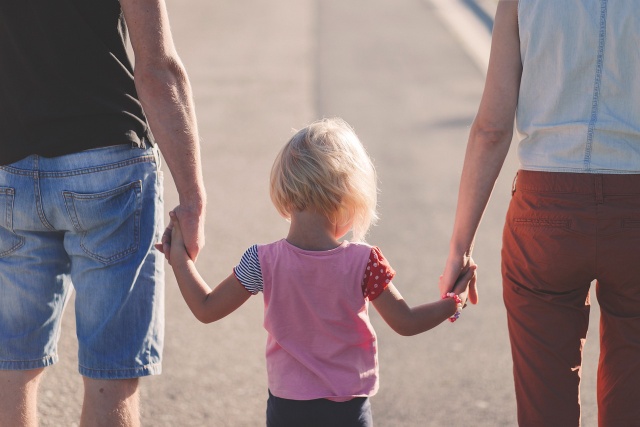Danish parenting has a refreshingly relaxed vibe: no endless lists of scheduled activities, no frantic rushing from one class to the next. In Denmark, play isn’t just a filler for when the kid has nothing better to do. It’s a central part of growing up, valued as much in high school as in kindergarten.
The “zone of proximal development,” which essentially means meeting kids where they are in their learning, is a major focus for the Danes. They give just enough guidance so kids can learn without losing that spark of figuring things out for themselves. This kind of hands-off, respectful approach builds skills and ramps up self-esteem and resilience.
If you’re not a Dane, chances are that this parenting style, like most Danish things, is completely new to you. Don’t worry; we’ll uncover many aspects of Danish parenting in this article.
The Role of Hygge in Family Life

In Danish family life, hygge is just having a cozy, feel-good time with people you care about. It’s as simple as hanging out at home, watching a movie, or playing board games. Hygge is about taking those everyday moments and making them warm and meaningful.
Since most Danes live independently once they’re adults, hygge fills a real need for connection. Family gatherings, such as casual nights in with a soft blanket and a cup of gløgg or a Sunday at the beach, bring everyone together and make those little moments count.
Foundations of Danish Parenting: Early Childhood Education

Early childhood education in Denmark focuses on allowing kids to grow at their own pace, with an emphasis on play, independence, and social skills. Nearly all children between ages 1 and 6 attend an ECEC center, whether it’s a nursery for the youngest, kindergarten for ages 3-6, or centers that accept kids across this age range. These centers are mostly public and municipally managed. They operate from 6:30 a.m. to 5 p.m., which supports working parents. The government covers 80% of costs, making this care affordable for most families.
Play is central in Danish early childhood education. Children spend three to four hours outdoors each day, regardless of the weather. Equipped with rain pants, warm suits, or full-body snowsuits (“flyverdragter”), they are ready for Denmark’s climate, as the local saying goes, “There’s no bad weather, only bad clothes.” Children enjoy playgrounds, moon cars, swings, and even assist in gardening. Each child belongs to a small “unit” with familiar adults, providing a sense of stability within the larger center.
Formal learning only begins in the last year of kindergarten, with about an hour daily on basics like letters and numbers. Instead, development focuses on a “zone of proximal development” model, where adults offer support only when needed, helping children learn independently. Around 59% of staff hold degrees in pedagogy.
Recently, the government introduced new adult-to-child ratios: one adult per three kids under age three and one per six for ages three to five, with a goal to meet these ratios by 2025. Danish welfare policy emphasizes early education as vital for building independence and resilience from a young age.
Work-Life Balance in Danish Parenting
In Denmark, employees stick to the 37-hour work week, and the office is usually empty by 5 p.m. In summer, hours drop to around 35 a week, and almost everyone takes 4-5 weeks off. Even during busy seasons, most people cap it at 50-60 hours without weekend work, and that’s considered heavy. No one cares if you stay late. It won’t earn you any extra points.
For parents, this arrangement makes all the difference. The expectation is that you leave early enough to pick up your kids from subsidized daycare or kindergarten around 3:30 or 4 p.m., and work stays at work. If you get an email outside of hours, it can wait until tomorrow unless it’s urgent (and “urgent” is rare here). Employers won’t reach out after hours unless you’re meeting up socially.
Parental leave is customary for both moms and dads, and state-subsidized childcare is the norm, so parents don’t have to choose between paying for care or keeping their job. This setup actually lets parents spend time with their kids without stress. Generally, the Danish work culture keeps work in its place so that people can live their lives and, for parents, be there for their kids. Simple, effective, and it works.
Danish Parenting and the Approach to Discipline
Danish parents tend to handle discipline with a calm, no-nonsense approach. For tantrums, they don’t give attention to bad behavior. They may tell the child, “When you’re done, I’ll be happy to talk to you,” and simply turn their back until the child settles down. This way, the child knows that tantrums won’t get them what they want.
Some use methods like “the doormat,” where kids sit quietly for the number of minutes equal to their age. It’s straightforward and gives them time to cool off without a big scene.
Positive reinforcement is also useful. Danish parents focus on giving attention when kids behave well rather than reacting only to negative behavior. They’ll sit down, look the child in the eye, and explain why something’s wrong instead of yelling.
Distraction is another tool in the toolbox, especially for young kids. One example is using humor to redirect a child from a tantrum. Surprise them, make them laugh, and they’ll usually forget what they were fussing over. If you want to emulate the Danish approach to discipline, stay calm, set clear expectations, and make sure your kids know what behavior gets attention.
Parental Leave Policies in Denmark
In Denmark, parental leave policies are straightforward but come with specific rules.
For Mothers
Mothers get 4 weeks off before the birth and 10 weeks of maternity leave afterward.
The 10 weeks after birth are split: 2 weeks are mandatory right after birth, and the other 8 weeks should ideally be taken before the child is 10 weeks old. Some flexibility is allowed if the mother returns to work part-time with employer agreement.
For Fathers and Co-mothers
Fathers and co-mothers have 2 weeks of paternity leave, which they can take right after the birth or, with employer approval, any time before the child is 10 weeks old.
Parental Leave (After Initial Maternity Leave)
After the first 10 weeks, both parents get 32 weeks of parental leave. Fathers and co-mothers can start their leave within 14 weeks after the birth if they choose.
Everyone can extend parental leave to 40 weeks, and working parents can extend it to 46 weeks. Extensions are available only in blocks of 8 or 14 weeks.
New Rules for Children Born After August 2, 2022
For births on or after this date, each parent has 24 weeks of parental leave benefits.
If parents are employed, 11 of these weeks are non-transferable and must be used before the child turns one. If not taken by then, these weeks are forfeited unless the parent is prevented from taking them due to special circumstances.
Eligibility for Benefits
Parental leave benefits are based on your employment status. You’re eligible if you’re a salaried employee, self-employed, unemployed, a part-time working student, or a recent graduate.
Transferring Leave
Parents can transfer leave weeks to each other, except for the 11 non-transferable weeks for employed parents. You lose these if you don’t use them before the child’s first birthday.
A Conclusion on Danish Parenting
The way things are done in Denmark makes childcare affordable and less stressful. For expats, adopting this approach means embracing a lifestyle that deeply values family well-being and balance.


